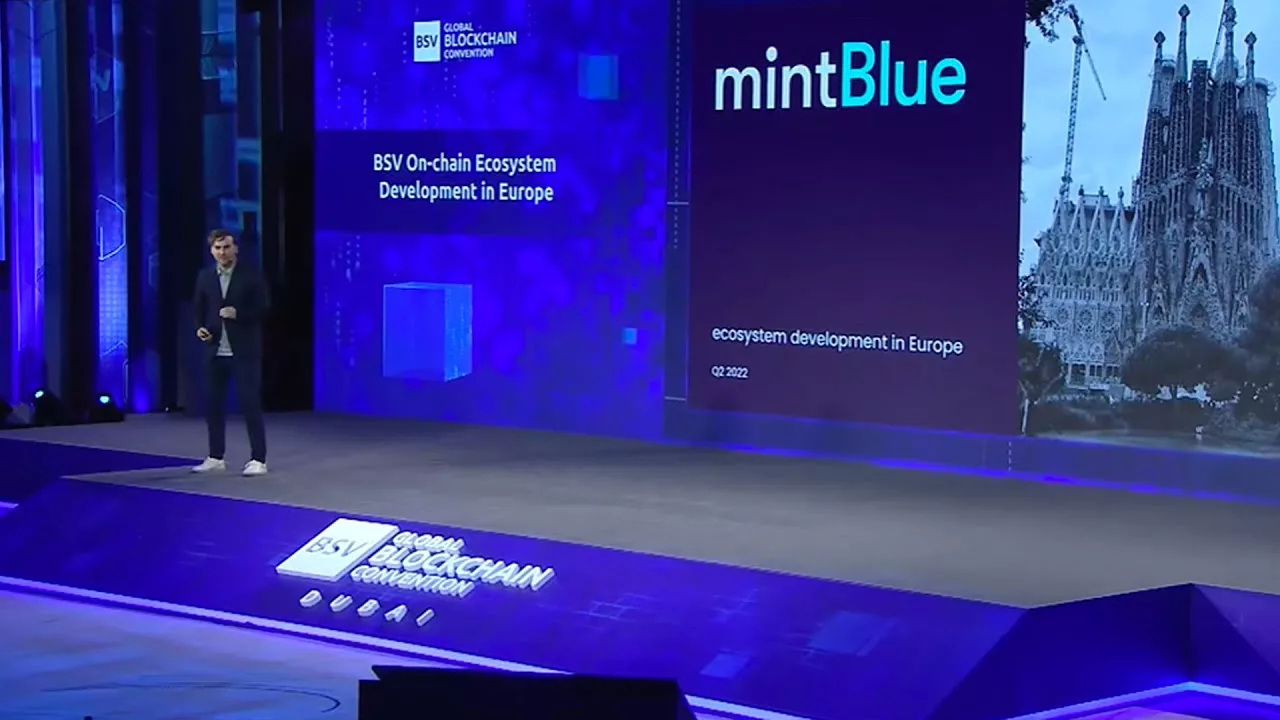Although I’ve spent most of my career in roles and functions adjacent to marketing technology, I’ve only been truly dedicated to martech during the past few years. I formally entered the martech space when I was asked to create a new role at my previous employer, Western Governors University (WGU).
It took a while for my former boss and me to flesh out a job description and select a job title. That required researching various job postings to see what other companies were doing regarding what we had envisioned for my role. A few years later, I moved to my current gig at Zuora.
Thankfully, my WGU job title — marketing technology manager — and description matched up with what Zuora was thinking. Nevertheless, persistent confusion about what “marketing technology” and “marketing operations” mean hints at some need to standardize martech role terminology.
At both WGU and Zuora, I’ve had to originate my martech maestro/orchestrator role. In addition to figuring out my duties and the associated skills, I’ve also had to help my colleagues become familiar with the new position. There are certainly some valid questions: What’s a marketing technology manager? What do they do? How do I interact with them?
This is no easy task. It requires support and help.
Job title and description
At the time, it seemed like a great opportunity to select my job title and create my own job description at WGU, but it was challenging.
That’s why I feel that martech job descriptions are still too nebulous given the growing maturity of the field. When considering what the employee and their employer want to accomplish with the new role, using Scott Brinker’s marketing operations job type framework is helpful – especially when considering if it’ll fulfill a T-shaped (jack of all trades) or I-shaped (specialist) function.
Read next: A closer look at MarTech role types and T/I-shaped individuals
Leadership backing
Perhaps a big key to success is leadership backing for the new role. Leaders should also assist in educating others about it.
For instance, when a marketer is looking for a new technical tool, they should consult with the marketing technology manager, so they should be referred to the marketing technology manager. That referral educates and enforces the importance of the new martech practitioner.
That’s a great time to start showing the role’s value to their work. If the requester doesn’t have a solution identified yet, offering them a directory site like G2, Gartner Digital Markets, CabinetM or TrustRadius is a great way to show them that a marketing technology manager can quickly find viable options.
The position is typically created after a marketing department has matured somewhat. In that case, the broader organization has likely also matured to establish some bureaucracy — for better or worse.
Instead of simply picking a solution, appeasing Legal, and arranging payment, the marketer now faces numerous processes like IT security reviews, privacy evaluations, multi-step procurement processes, and stakeholder buy-in; buying and renewing technology is a lot more complicated than in the past. These are tasks that a marketing technology manager could take off of the marketer’s plate to focus on what they’re assigned and paid to do.
Get the daily newsletter digital marketers rely on.
RACI is a useful tool
A useful tool for establishing a new position and educating others about it is a RACI chart. RACI stands for: Responsible, Accountable, Consulted and Informed. It usually lists different generic duties and tasks in the rows and different generic roles (martech manager, stakeholder, IT, etc.) in each column. In the cell that associates a duty or task with a role, one of the letters from the RACI acronym is listed to show what is expected of that role at that time.
While one can introduce complexity into the RACI framework, its beauty is tied to the fact that it is pretty easy to get an operational grasp of the concept. Thus, creating or interpreting a RACI chart doesn’t take a lot of effort.
When creating a RACI chart for a martech role, it helps to group tasks under general categories — buying new tech, retiring tech, renewing contracts, researching solutions, etc. Not only does this help make the chart digestible, but it also helps people place tasks into context better.
For instance, the same task may exist in different categories, but the RACI distribution may differ. When it comes to finding a new solution, a stakeholder will likely kick off the process while the marketing technology manager may kick off a renewal or optimization process.
Challenging but doable
It is challenging starting work in a new position, and there’s more complexity when originating that role at the organization. However, it is best not to proceed alone. Some frameworks can help guide job description drafting. Leadership should help and advocate for the new role. Further, tools like the RACI framework can help simplify a seemingly daunting process.
Given all of this, take input from the community instead of reinventing the wheel, which is unnecessary and can cause further confusion amongst practitioners.
Opinions expressed in this article are those of the guest author and not necessarily MarTech. Staff authors are listed here.
About The Author

Steve Petersen is a marketing technology manager at Zuora. He spent nearly 8.5 years at Western Governors University, holding many martech related roles with the last being marketing technology manager. Prior to WGU, he worked as a strategist at the Washington, DC digital shop The Brick Factory, where he worked closely with trade associations, non-profits, major brands, and advocacy campaigns. Petersen holds a Master of Information Management from the University of Maryland and a Bachelor of Arts in International Relations from Brigham Young University. He’s also a Certified ScrumMaster. Petersen lives in the Salt Lake City, UT area. Petersen represents his own views, not those of his current or former employers.
Note: This article have been indexed to our site. We do not claim legitimacy, ownership or copyright of any of the content above. To see the article at original source Click Here













